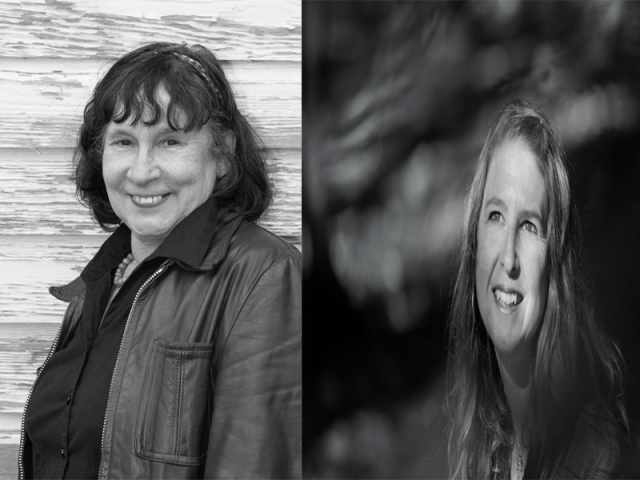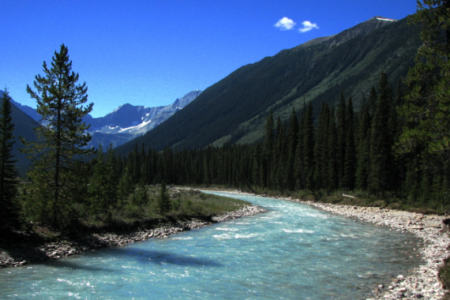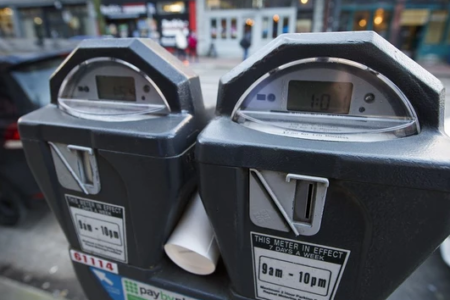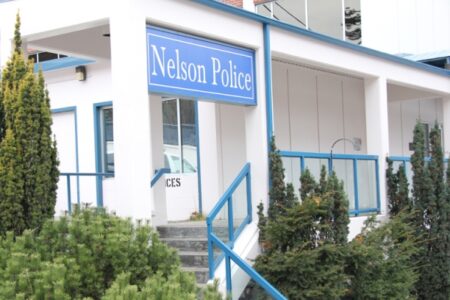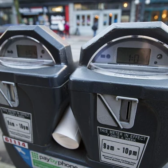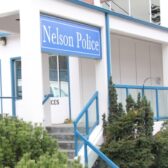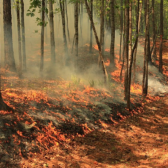Municipal Election 2014: Bringing 24/7 emergency care back most pressing issue for candidates in Area D
Kaslo residents Aimee Watson and Donna Cormie are on the ballot in Area D — Lardeau, Argenta, Howser, Gerrard, Cooper Creek, Poplar Creek, Ainsworth, Mirror Lake, Marblehead, Johnson’s Landing, Shutty Bench, Meadow Creek — to see who will replace retired director Andy Shadrack in Saturday’s Regional District of Central Kootenay Election.
Watson, who grew up in a small town outside Ottawa, moved to the region in 1997 and has been a BC resident ever since.
In 2004 Watson visited, in her eyes, the most beautiful little town in BC, Kaslo, and found a new home.
Watson worked up to eight jobs until she was hired by North Kootenay Lake Community Services Society to carry out a food forum for the region.
Within a year of that research the Kaslo Food Security Project was born.
In 2009, we opened the doors to the first accredited community food center in Canada.
Watson is no stranger to the RDCK board table having served as alternate to Shadrack from 2011 to 2014.
Cormie, also a resident of Kaslo, served for two terms as Councilor for the Village of Kaslo and was elected three times to the board of directors for Kaslo and District Community Forest Society.
With a background is in small business, tourism, Cormie works part-time for North Community Lake Community Services Society as a mental health outreach worker.
The Nelson Daily contacted both candidates with questions in Area E, Area F and Area D to help readers decide where to mark the “X” at the polling station Saturday, November 15. Candidates in Area G decided not to participate.
The Nelson Daily: In your area, what do you think are the most pressing issues and, if elected, how will you address them?
Donna Cormie: The issue that affects all in Area D and Kaslo is the lack of 24/7 emergency care. I believe it’s time to look at fee for service. This model is working in many places, including New Denver. Another issue affecting Area D is lack of employment.
I think that one way that we can help more of us do better is to look at setting up co-operative social enterprise businesses. These types of ventures can be especially helpful to stay at home rural women.
I believe that rural women have the skills to create employment for themselves and I want to help them. I will continue to support existing home-based Business and Cottage Industry-type endeavours. We continue to hope that Meadow Creek Cedar Products will once again be the major employer it has been in the past.
Aimee Watson: Number one on the list is 24/7 emergency care.
How I would address this essential need is by opening up the conversations again with a serious look at technology (tele-health). Working in unison with a new council and the healthy select committee, gather the facts and find a streamlined approach to ensuring basic emergency needs are being met.
Number two is enabling job creation and support that allows for liveable incomes for families to stay in the area.
This issue requires several strategies; one is to continue working with the Sustainable Economic Development Committee where we will soon hear the results of a business retention and expansion survey.
The results of this survey will help guide focused actions for ensuring our existing businesses do not face barriers and for us to know where and what supports are necessary. I would also like to look into a variety of funding streams to assess if business incubation grants and mentoring supports can be made available to our residents businesses.
Number three is our forestry sector.
It is still very much a large part of our bread and butter for the region; local contractors as well as the community forest. Our one mill needs some serious assistance to get where it would like to be; I would continue to communicate with all parties involved to foster resolutions and success.
The Nelson Daily: The regional district is going to have some upcoming heavy bills with the HB mine site remediation and the Nelson and District Aquatic Centre pool renovations. What other big-ticket fixes can you foresee and how do you plan to pay for them without raising taxes?
Aimee Watson: The regional district is going to have some upcoming heavy bills with the HB minesite remediation and the Nelson and District Aquatic Centre pool renovations. What other big ticket fixes can you foresee and how do you plan to pay for them without raising taxes?
Without knowing specifics about what large expenses there may be, I cannot speculate on how to solve them. The HB minesite still has many questions as to which government body is responsible for what aspects; due diligence will be to verify clear responsibility for that site, whatever is of legal responsibility for the RDCK would need to be remedied asap as per the orders from the Province.
There are some funds available in services already established but honestly cannot assume to know how much may yet be needed.
In all other hypothetical costs to arise, if funds are not available in services already established nor the reserves, I would first determine what funds are available from Provincial and or Federal Government grants.
Donna Cormie: One major expense coming up for the RDCK is the rehabilitation of the HB Mine Site tailings pond in Salmo. It seems to me that the RDCK should not be totally responsible for the remediation costs. We all use the Nelson & District Community Complex and will be willing to pay for repairs.
The Nelson Daily: RDCK spending and transparency seems to be an issue for many residents. Do you feel the RDCK is doing a proper job of allocating funds, and if not, what would you change?
Donna Cormie: The RDCK should be buying local. The recent purchase of office furniture from a firm in Victoria was not conducive to supporting our local economy.
Aimee Watson: I would not agree transparency is an issue, but I do think communication is a barrier. The RDCK is an administration body for ensuring services residents would like are provided within the legal frameworks that are outlined, funds are spent accordingly to those needs.
What may be perceived as issues with transparency is more an issue with time for communication. Anytime I have had a question, even old service details from over 14 years ago, the staff have been more than accommodating to provide that information.
At our annual budget meeting last spring between RDCK and the Village of Kaslo, all monies and where they are allocated was presented in an easy to read format that clearly outlined where and what taxpayer’s dollars are doing.
This information is readily available but slightly dry, so most likely just not being shared unless asked and when it is, it needs some explanation to understand the details. As a director, I would ensure that anyone who would like this information can access it and is able to understand what it means.



